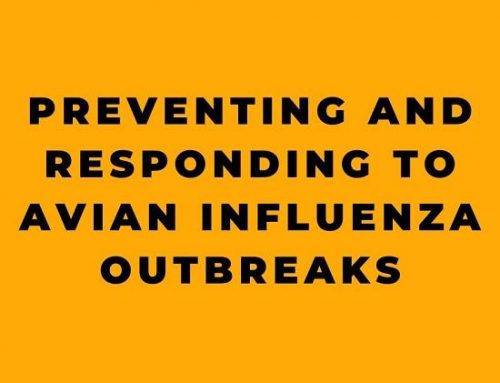A Few Practical Tips to Help Control Hazardous Fumes and Gases While Welding
While welding can be a highly skilled and rewarding trade, it’s also important to understand the hazards associated with welding fumes and gases.
First and foremost, it’s important to understand that welding fumes and gases can be hazardous to your health. These fumes and gases can contain a wide range of toxic substances, including metal fumes, gases, and particulate matter. These substances can cause a wide range of health issues, including respiratory problems, cancer, and neurological disorders. It’s important to understand the potential health hazards associated with welding fumes and gases, so that appropriate precautions can be taken to protect the health of welders and those around them.
It’s important to use proper ventilation and personal protective equipment (PPE). This can include using local exhaust ventilation (LEV) systems to capture and remove welding fumes and gases, as well as using respirators to protect the lungs. These measures can help to significantly reduce the amount of fumes and gases that workers are exposed to, thereby reducing the risk of health problems. It’s crucial to make sure that the PPE is properly fitting and maintained, and that workers are properly trained on how to use it. The PPE needs to be designed to protect the person from the specific hazards of the welding process.
Additionally, it’s important to properly maintain welding equipment and to use the appropriate type of welding for the task at hand. For example, using a fume extractor when welding with MIG or TIG welding can help to reduce the amount of fumes and gases generated. Using the right type of welding for the task at hand can help to minimize the amount of fumes and gases generated, and thus reduce the risk of health problems. Proper maintenance of welding equipment is also important to ensure that the equipment is operating safely and efficiently, which can help to reduce the amount of fumes and gases generated.
To minimize exposure to hazardous fumes and gases, it’s important to ensure that the work area is well-ventilated. This can include opening windows and doors, or using mechanical ventilation systems. This is crucial as it can help to remove the fumes and gases from the work area, thereby reducing the amount of fumes and gases that workers are exposed to. It’s also important to keep the work area clean and free from debris, as this can help to reduce the amount of fumes and gases generated.
It’s also important to be aware of the symptoms of exposure to welding fumes and gases. These symptoms may include headaches, dizziness, nausea, and coughing. If you experience any of these symptoms, it’s important to seek medical attention and to take steps to reduce your exposure to welding fumes and gases. Being aware of the symptoms of exposure to welding fumes and gases is crucial as it helps to identify the problem early on and take the necessary precautions to prevent further complications.
Welding can be a highly skilled and rewarding trade, but it’s also important to understand the hazards associated with welding fumes and gases. To control these hazards, it’s important to use proper ventilation and personal protective equipment, properly maintain welding equipment, minimize exposure to hazardous fumes and gases, and be aware of the symptoms of exposure to welding fumes and gases. By taking these precautions, we can keep ourselves and our surroundings safe from the hazards of welding fumes and gases. It is important to remember that welding fumes are not only dangerous to inhale but also to the eyes, skin, and clothing. The best approach to avoid any potential harm is to take all the necessary precautions, be aware of the symptoms, and seek medical attention if needed. By following these guidelines, welders can continue to do their job safely and efficiently, protecting not only themselves but also those around them.










